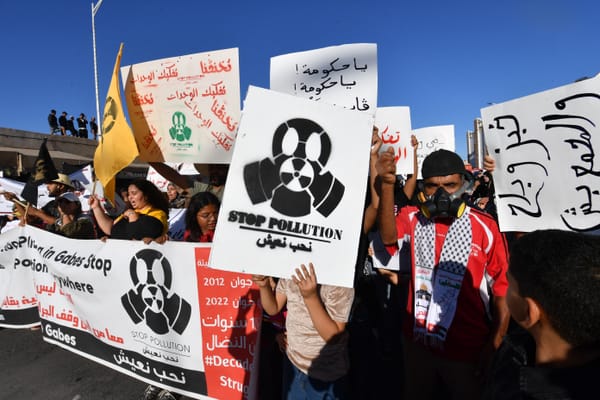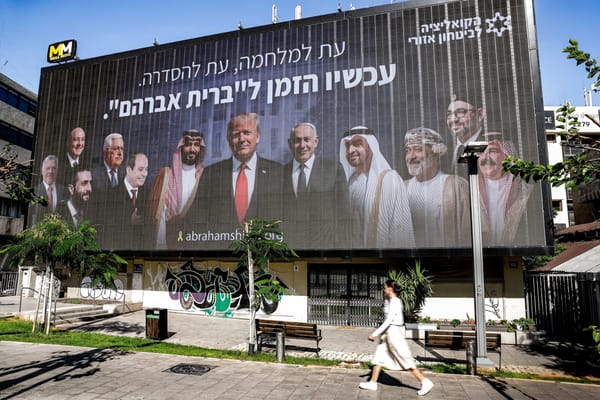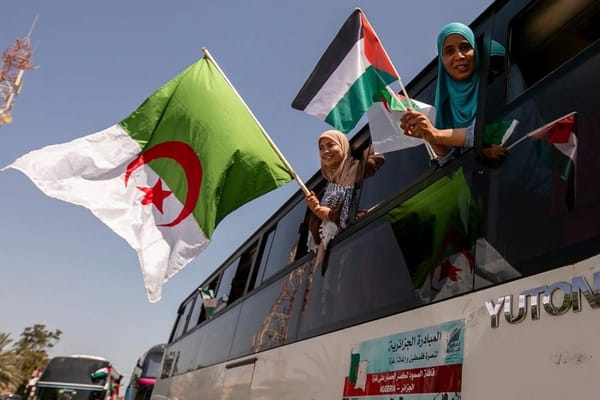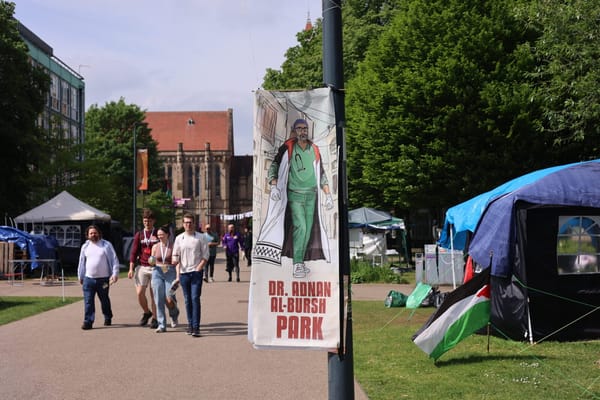Nazareth Dispatch
They are Israel’s Siamese twin cities, forced into an uncomfortable pairing more than half a century ago. Nazareth and Natzrat Illit, or Upper Nazareth in English, almost share a name. Although formally separated by a ring road, Israel has tied their fates together. Each is engaged in a battle with









